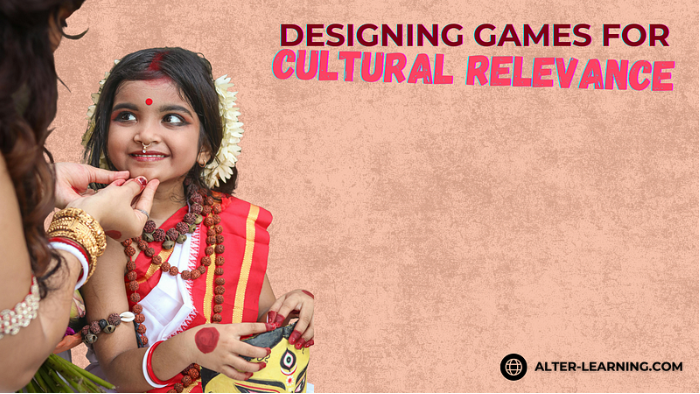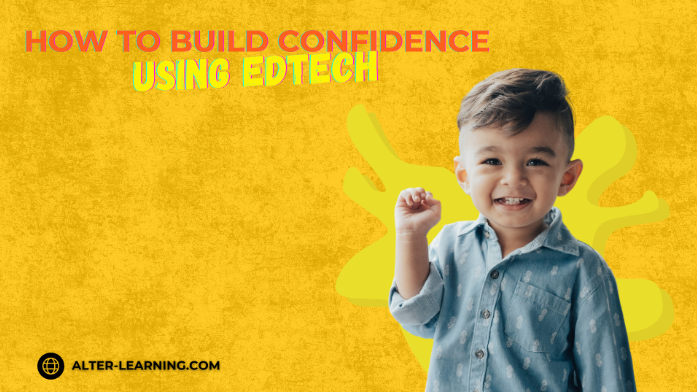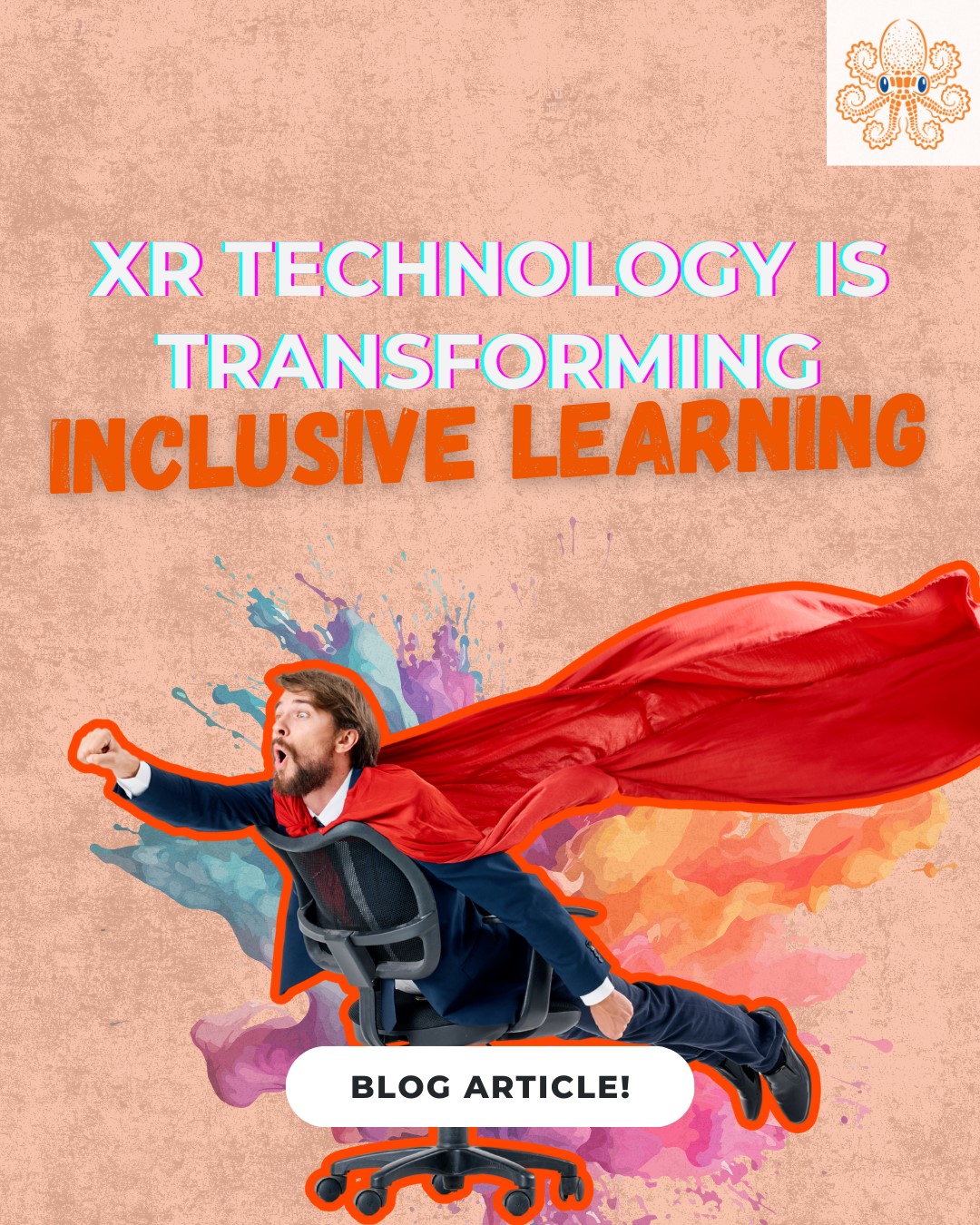Education does not happen in a vacuum. Students bring their identities, cultures, and lived experiences into the classroom every day. For learning to be meaningful and engaging, it should reflect and respect those diverse perspectives. In the world of game-based learning, cultural relevance is more than a feature—it can be a powerful way to connect lessons to students’ real lives.
Alter-Learning’s approach to STEAM educational games and immersive technology suggests that when cultural contexts are thoughtfully embedded into design, games can support engagement, inclusivity, and deeper understanding.
Why Cultural Relevance Matters in Education
When students see their cultures, histories, and values reflected in what they learn, they may be more likely to:
- Stay motivated and invested in lessons,
- Make connections between academic content and real-world contexts,
- Develop a stronger sense of identity and self-worth,
- Engage respectfully with diverse perspectives.
On the other hand, when learning tools ignore cultural contexts, they risk alienating students or reinforcing stereotypes.
How Cultural Relevance Can Be Embedded in Games
Culturally relevant game design is not just about aesthetics—it is about how students interact with content and narratives. Features that can promote this include:
- Story-driven experiences where narratives draw from global histories, traditions, or folklore, helping students connect emotionally to learning,
- Choice-based gameplay that reflects ethical dilemmas, encouraging perspective-taking across cultures,
- AR biology explorations or VR coding tutorials that integrate locally meaningful themes, such as environmental issues or community challenges,
- Collaborative multiplayer missions that encourage teamwork while reflecting the diversity of student experiences.
By offering these features, immersive technology can create spaces where students see their culture as valuable and integral to education.
Examples of Cultural Relevance in Practice
Game-based platforms can highlight cultural relevance in different ways:
- History-focused simulations that allow learners to explore ancient civilizations, linking geography and culture to STEM problem-solving,
- Creative arts education software where students explore music, design, or visual arts inspired by cultural traditions,
- Interactive physics simulations that apply scientific concepts to real-world challenges, such as architecture or engineering practices tied to local heritage,
- XR educational content that presents multiple perspectives, challenging students to consider how diverse voices shape knowledge.
These experiences not only reinforce academic content but also validate the richness of students’ cultural backgrounds.
Supporting Teachers in Inclusive Game Use
Teachers play a key role in connecting cultural relevance to classroom goals. Platforms like Alter-Learning can help educators by providing:
- Curriculum-aligned content that integrates cultural themes with academic standards,
- Teacher dashboards to guide reflection and discussion after gameplay,
- Adaptable lessons that let educators tailor content to reflect the identities of their students,
- Resources for cross-disciplinary learning, combining history, arts, and sciences.
This flexibility makes it easier for teachers to bring culturally responsive pedagogy into practice.
Challenges in Designing for Relevance
Designing culturally relevant games is not without obstacles. Developers and educators may face questions like:
- How to ensure content avoids stereotypes or oversimplification,
- How to balance universal academic standards with localized contexts,
- How to involve diverse voices in the creation process.
By collaborating with teachers, researchers, and communities, platforms can continually refine their designs to remain authentic and inclusive.
Looking Ahead
Cultural relevance is not just about making content relatable—it can be a pathway to equity, empowerment, and deeper learning. When immersive games reflect students’ identities and communities, they help learners feel seen, respected, and motivated.
Alter-Learning’s focus on interactive STEAM learning, creative arts education software, and immersive environments suggests that cultural relevance can become a natural part of digital design. When games honor diversity, they do more than teach—they build bridges between students’ worlds and the knowledge they need to succeed.
Follow Alter-Learning for more insights into immersive education, edtech success stories, and the future of learning. Want to explore how VR/AR could transform your school or learning platform? Let’s connect.




